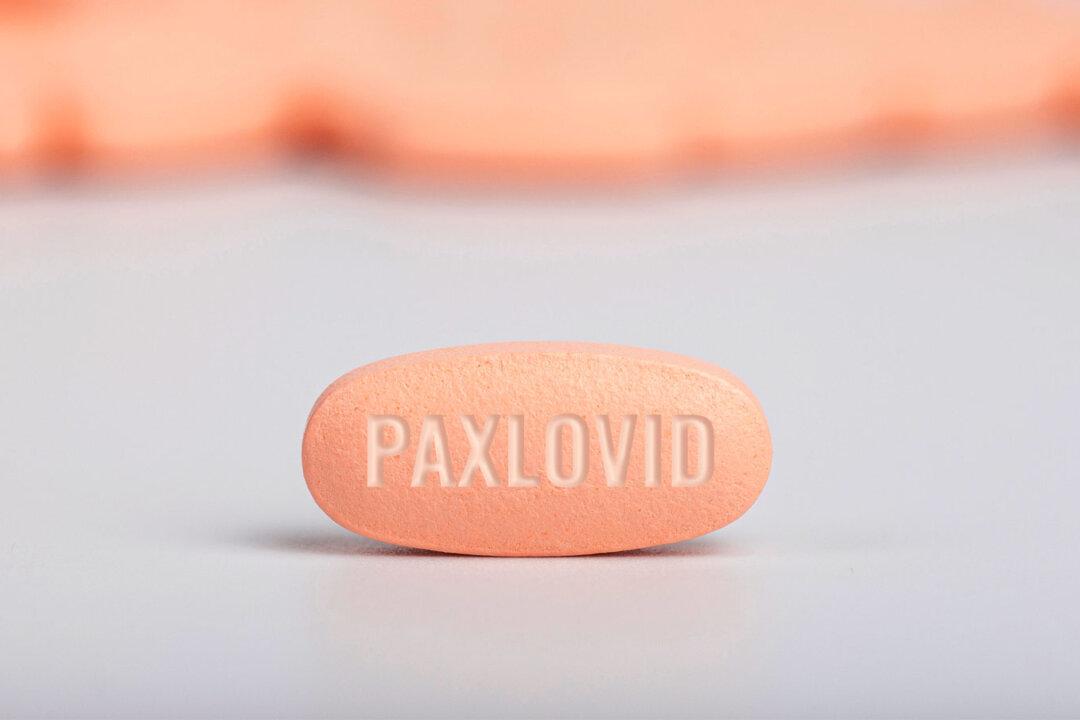Do you know when Paxlovid should be used to treat COVID-19? Are you aware of the reasons for the mixed results of its phase two and phase three clinical trial data compared with its real-life studies? Do you know what the most significant concern about Paxlovid is for its future application in treating COVID-19?
Reputed as a so-called “game-changer” oral antiviral pill to treat COVID-19, Paxlovid can prevent hospitalization and death in people who are at high risk of severe COVID-19. However, you should know that the research findings on Paxlovid are not always what they seem to be.






